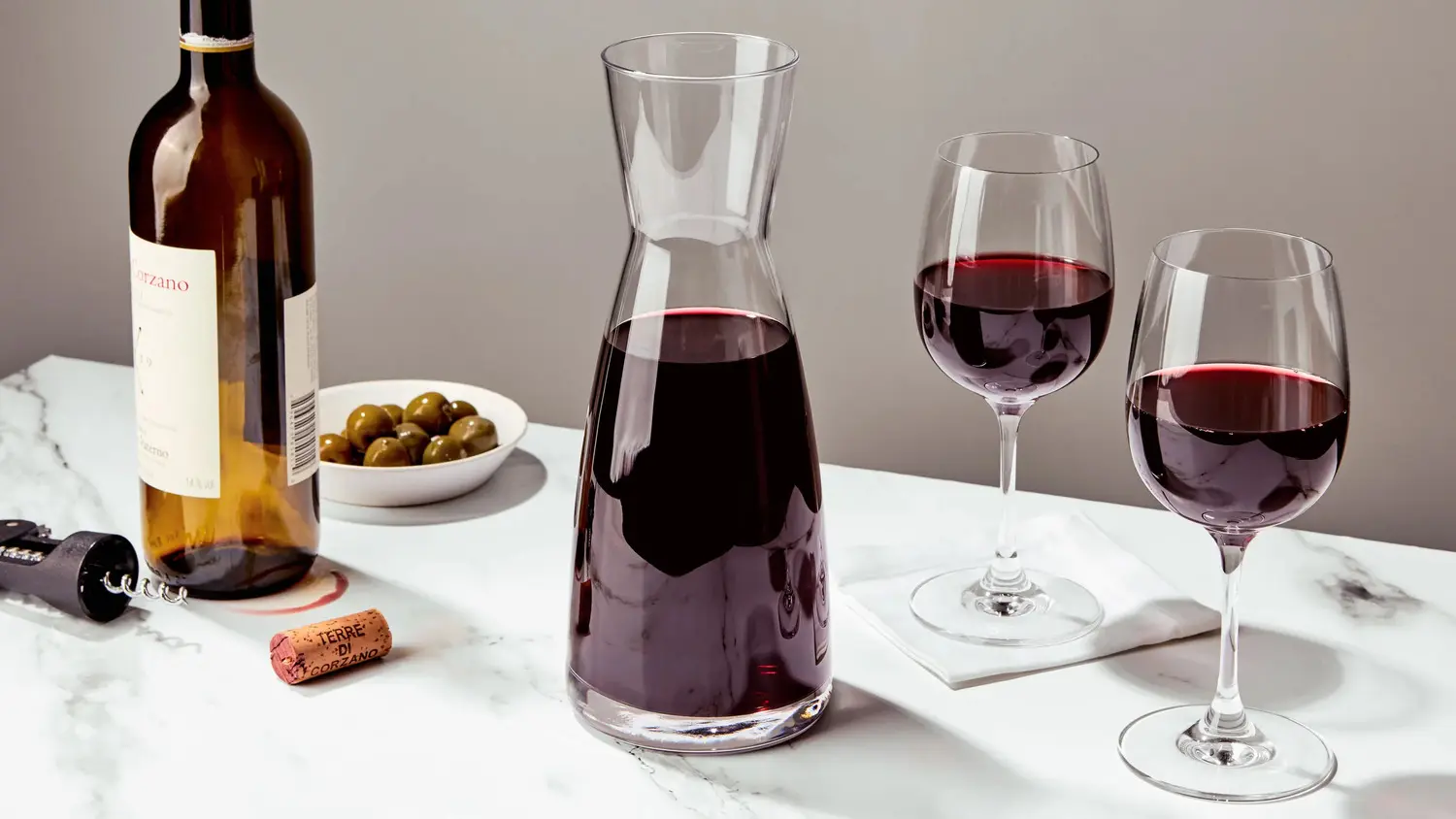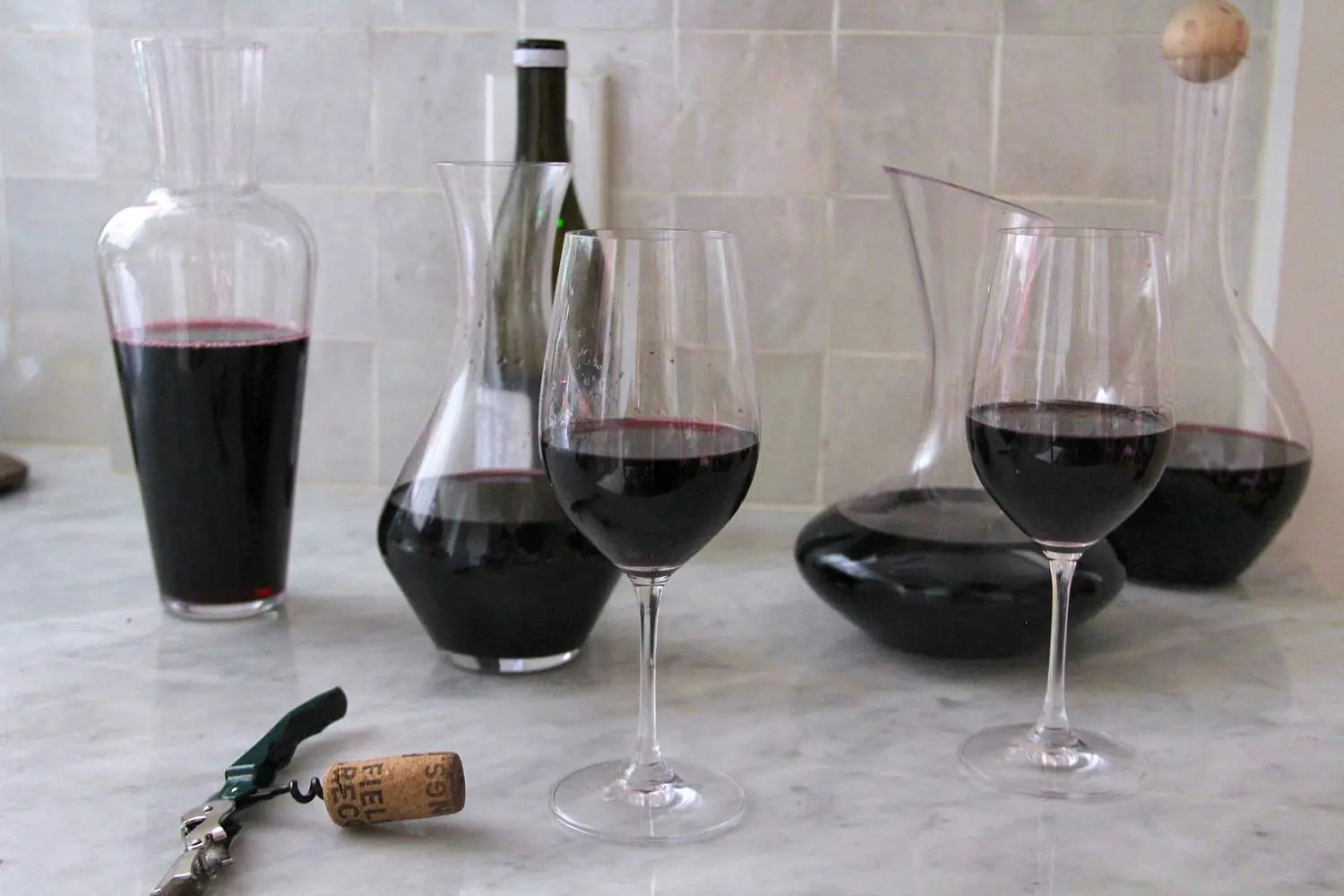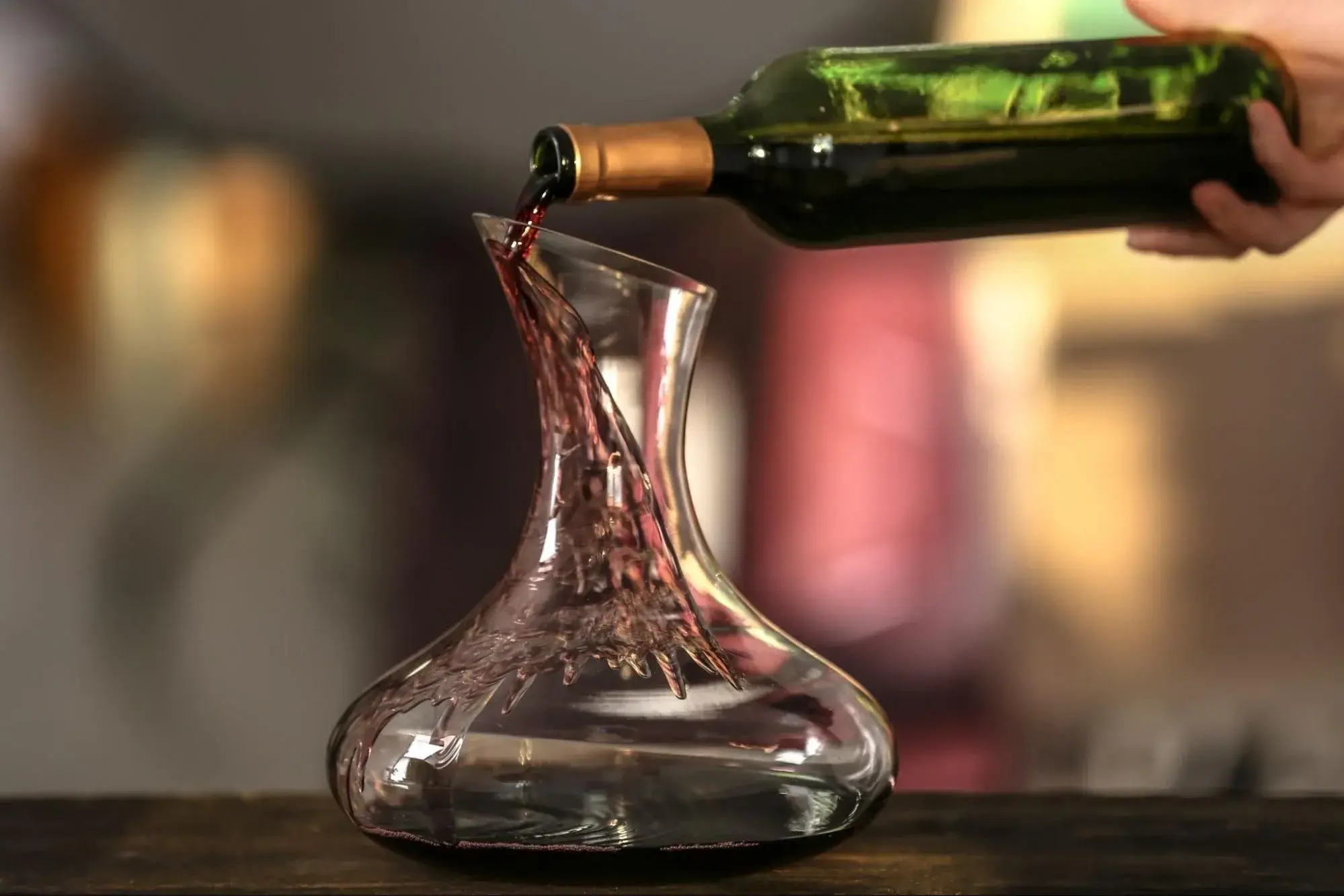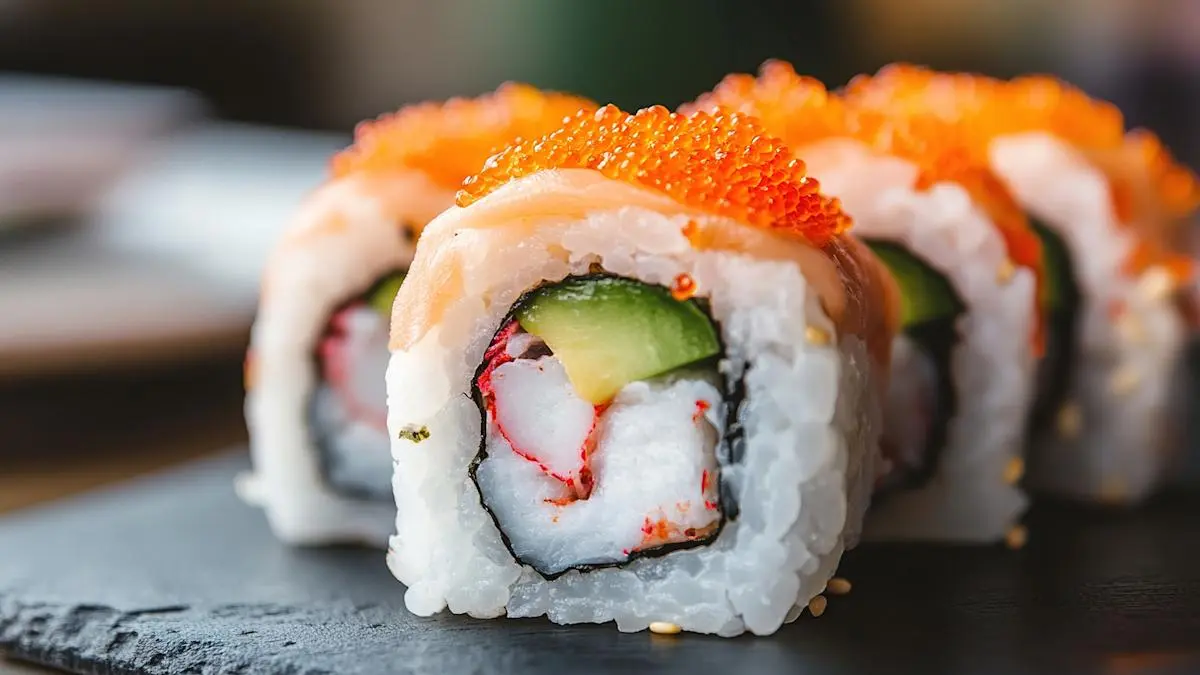The Allure of Instant Aeration: Why Blender Decanting Seems Appealing

The logic behind blender decanting is superficially appealing. Decanting is about exposing wine to oxygen to soften tannins, release aromas, and generally improve its flavor profile. A blender, with its high-speed blades and vigorous mixing action, promises to dramatically increase the surface area of the wine exposed to air, thus achieving hyper-aeration. Videos showcasing this technique often depict wine changing color and appearing “opened up” in seconds. For those impatient to enjoy their wine, the blender method seems like a revolutionary shortcut, a way to bypass the sometimes lengthy traditional decanting process. This promise of instant gratification is what fuels the popularity of this potentially damaging "hack".
The Brutal Reality: Why Blending Damages Wine

While a blender might rapidly introduce oxygen to wine, it does so in a way that is far from beneficial. Traditional decanting is a gentle process. It allows for gradual oxidation and the slow release of volatile compounds that contribute to a wine's complexity and nuanced aromas. Blender decanting, on the other hand, is akin to shocking the wine. The high-speed blending not only aggressively forces oxygen into the wine but also mechanically agitates it to an extreme degree. This violent process can bruise the wine, effectively stripping it of its delicate aromas and structure. Instead of gently coaxing out subtle flavors, you risk over-oxidizing the wine, leading to a flattened, dull, and sometimes even bitter taste.
Sediment and Spatter: Practical Problems with Blender Decanting

Beyond the flavor degradation, blender decanting presents practical issues. Decanting is often used to separate older wines from sediment that forms naturally over time. Blender decanting, however, completely negates this purpose. Instead of gently leaving sediment behind in the bottle, the blender pulverizes and disperses any sediment throughout the wine, making it cloudier and potentially gritty. Furthermore, the rapid mixing in a blender can create significant splatter and foam, making the process messy and potentially wasting precious wine. The controlled pour of traditional decanting minimizes both sediment disturbance and spillage, offering a far more elegant and effective method.
Embrace Patience: Why Traditional Decanting Remains Supreme

Ultimately, the "blender decanting hack" is a prime example of sacrificing quality for speed. While it may technically aerate wine faster, it does so at the expense of flavor, aroma, and overall drinking experience. Wine appreciation is about savoring nuances and enjoying the journey, not just reaching the destination as quickly as possible. Traditional decanting, though requiring patience, is a time-honored technique for a reason. It respects the delicate nature of wine, allowing it to gracefully unfold its complexities and deliver the intended drinking pleasure. So, ditch the blender and embrace the slow, beautiful ritual of traditional decanting – your wine, and your palate, will thank you for it.
Recommended

The California Roll Catapulted Sushi's Popularity, But Its Origins Are Murky

The Science Of Choux Pastry And When To Use It

The Unexpected Reason Your Frosting Crystallized (And How To Fix It)

For Tastier Onion Rings, Reach For This Seasoning
Next up

